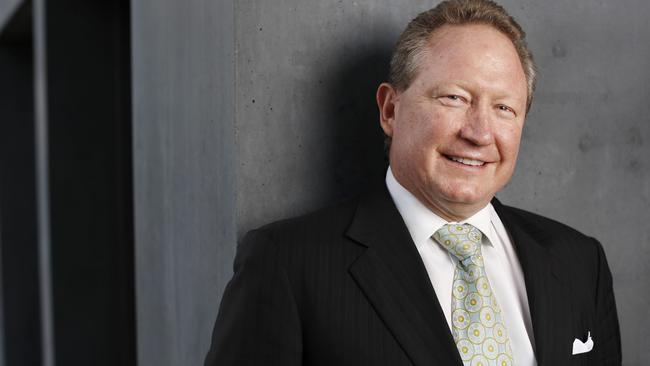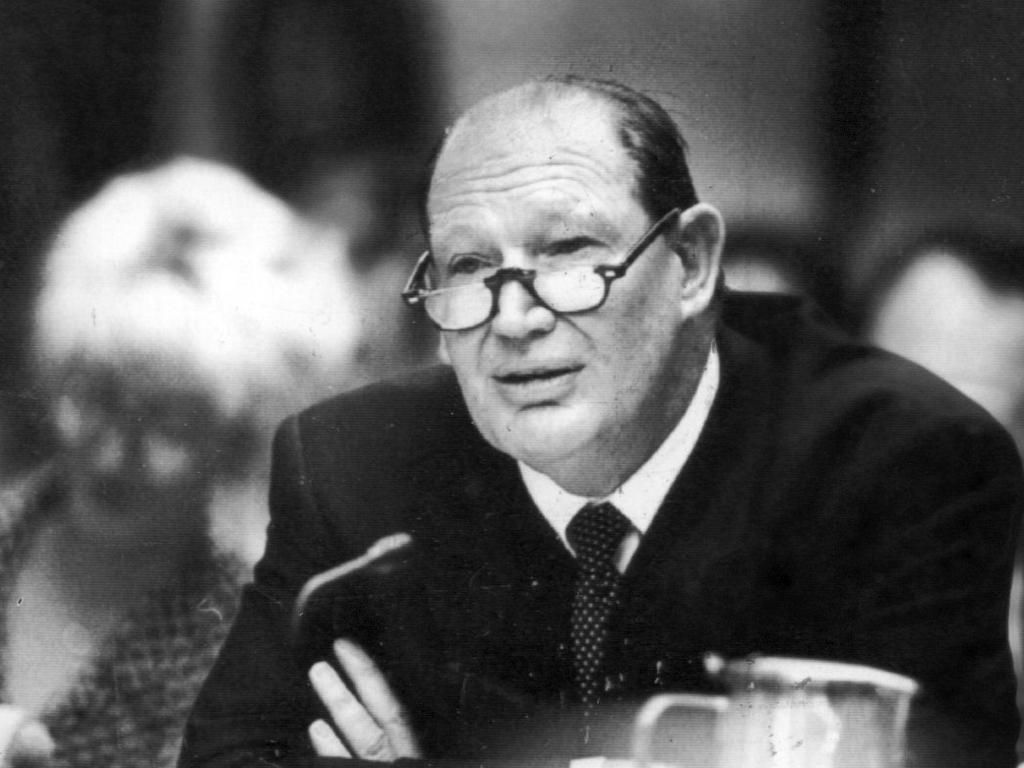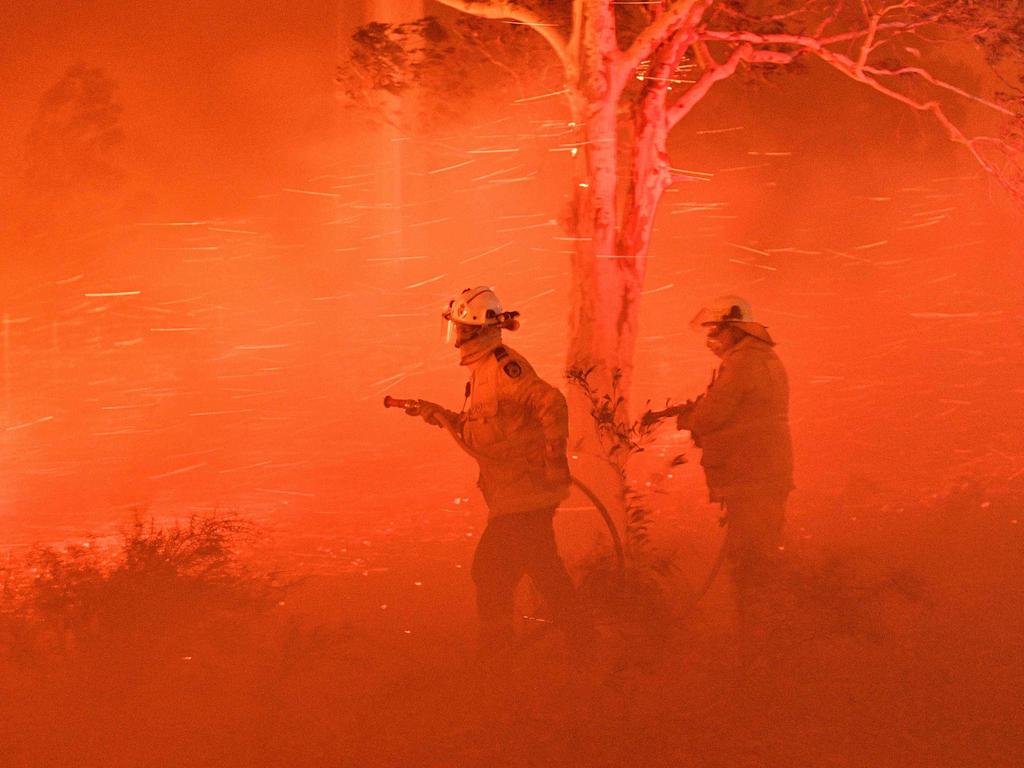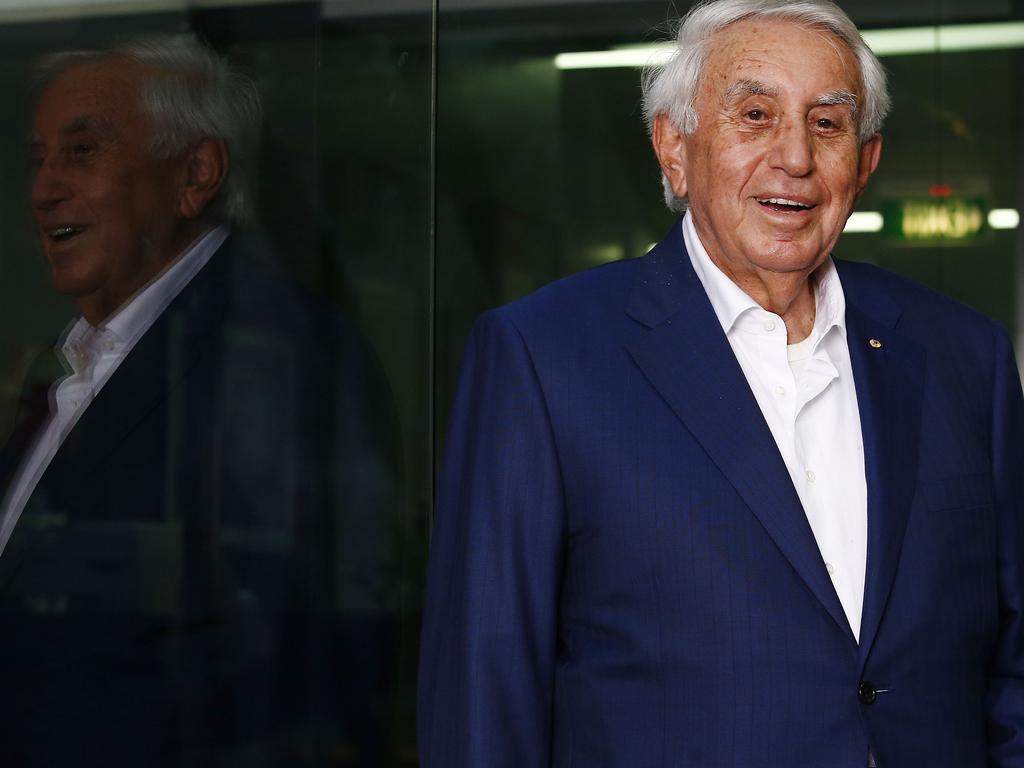
Forrest has his fingers in a few pies and in the process covers many bases — maybe too many.
The danger bells ring when those bases include albeit noble causes such as ridding the world’s oceans of plastic, but doing so in a partnership between his own private company, a subsidiary of FMG and the Indonesian government.
That’s life when you earn $1bn a year in dividends from FMG, but the main message this week was all about hydrogen, which is a project he and his FMG team have been working on for a few years, having signed up to a five-year partnership with the CSIRO in 2018 to work on how best to transport the fuel, among other issues.
He is also by no means the first to look at the commercial development of hydrogen, with German steelmaker ThyssenKrupp and separately the Swedish government already developing ways of making steel with hydrogen along with coal to decarbonise the process.
Scott Morrison last month talked up Port Kembla as a potential export hub.
The realisation has sunk in that, on cost and carbon grounds, gas is not the answer to Australia’s energy future.
Hydrogen may play a role, but it’s a while coming.
Forrest is a past master at kissing frogs in the expectation that the next will be the princess, and he is also doing it in a hurry, being on the road since August visiting 23 countries with 24 to go in the hope of finding the right project(s) to achieve his dream.
These include a hydro-electricity project in PNG.
Forrest threatens to blur the edges with some deals through what he calls Fortescue Future Industries (FFI), which is a subsidiary of the listed vehicle.
Earlier this year, Fortescue noted FFI, “the government of the Republic of Indonesia and Minderoo Foundation have also signed a letter of intent to dramatically reduce plastic pollution in Indonesia’s coastal waters by 2025”.
This is undoubtedly a worthy project, but investors in the iron ore company must wonder how this fits in with the test of the mission.
This danger is magnified when you consider the 50 per cent shareholder (Forrest) has added his private company into the partnership with the government.
At this week’s annual meeting he stressed FFI would take on no debt of its own, but that is only part of the issue.
Hydrogen has come into its own in part because the price of renewable energy has come down, which means the process is cheaper, but it is still expensive and co-fired plants in operation in Japan are some 25 per cent more expensive than coal-fired stations.
The backers of the development argue costs will inevitably fall further, which means the economics will look after themselves.
The shining light is its use in heavy manufacturing like chemicals, transport, farming and steel, which means the decarbonisation process continues.
Proponents of gas fall down because it is used most commonly in a relatively small part of the economy and, if hydrogen lives up to its potential, it will have more impact on jobs because it can be used in a wider range of industries.
He has already signed a deal to convert 11 full-sized coaches to hydrogen-powered vehicles on his Chichester mine in the Pilbara and signed a MOU with Hyundai to help convert all his vehicles to hydrogen, replacing diesel.
FMG has a market value of $54bn having started in 2003 and Forrest aims to produce more energy than Chevron, which is 4.2 times larger, in the near future.
Alex Hewitt and his partners at the Asian Renewable Energy Hub in the Pilbara are a little further down the track, having achieved the clearances to start its $53bn project in 2025, with first production aimed at 2028.
The plan was first to rework the site to develop renewable energy and run a cable to Asia to export the power, just like the Sun Sea Cable project also backed by Forrest, Mike Cannon-Brookes and others in a $20bn project.
Hewitt and his partners chose the Pilbara because it is windy at night, meaning power is generated day and night, and the aim is to power a desalination plant that provides the water to split the atoms through electrolysis to generate green hydrogen.
Through the Haber Bosch process developed in 1900, nitrogen is mixed with hydrogen to create ammonia, which is the heat block used in green hydrogen.
Ammonia is used to make fertiliser and, under this process, will be used together with coal to power electricity plants.
The idea is to use, say, 20 per cent ammonia with 80 per cent coal, but in doing so you are cutting the level of carbon emitted.
Ammonia is used because it can be transported easier at -30C, against LNG at -150C and pure hydrogen at -250C.
Just how to transport the fuel better is what Forrest and the CSIRO are working on.
The reason why Australia is meant to have some comparative advantage in making hydrogen is the abundance of renewable energy to support the process, together with water.
Gas is another source of hydrogen but depending on where it is sourced it is more expensive and also more carbon-intensive.
Forrest is not the only proponent of a hydrogen solution to global warming, but his preparedness to commit money to the task is welcomed by those in the game.
Busy final sitting
The government is still aiming to introduce the media bargaining code into parliament in the final two weeks of sitting this year from November 30.
The ACCC has a few reports due to be handed to the government this month including Agriculture Minister David Littleproud’s inquiry into the perishable goods supply chains, a report on Northern Territory insurance and an investigation into any barriers to customer transfers.
The latter is meant to be helped by consumer data rights, but the big four banks have managed to lock onto more customers through the new focus on fixed-terms loans. If you sign on to a four-year fixed-term loan you may get a good rate, but you also can’t transfer to get a better one without paying a fee.






Another week in the life of Andrew Forrest — the opening of his new Perth restaurant, Cooee, addressing the Fortescue Metals annual meeting from Paraguay, buying a $55m St Georges Terrace office building not long after buying RM Williams for $190m, and confirmation of plans to build a $250m LNG gas terminal at Port Kembla.